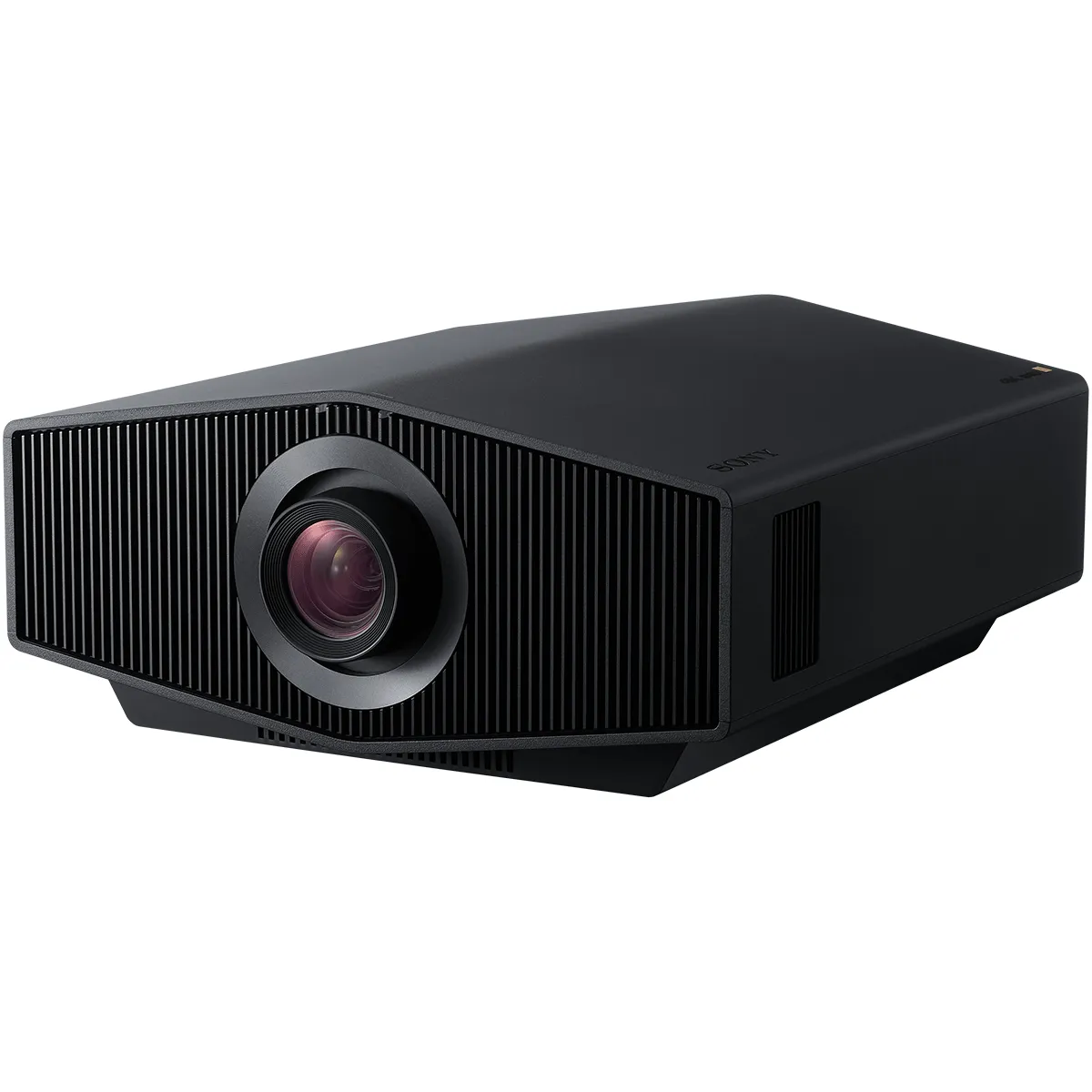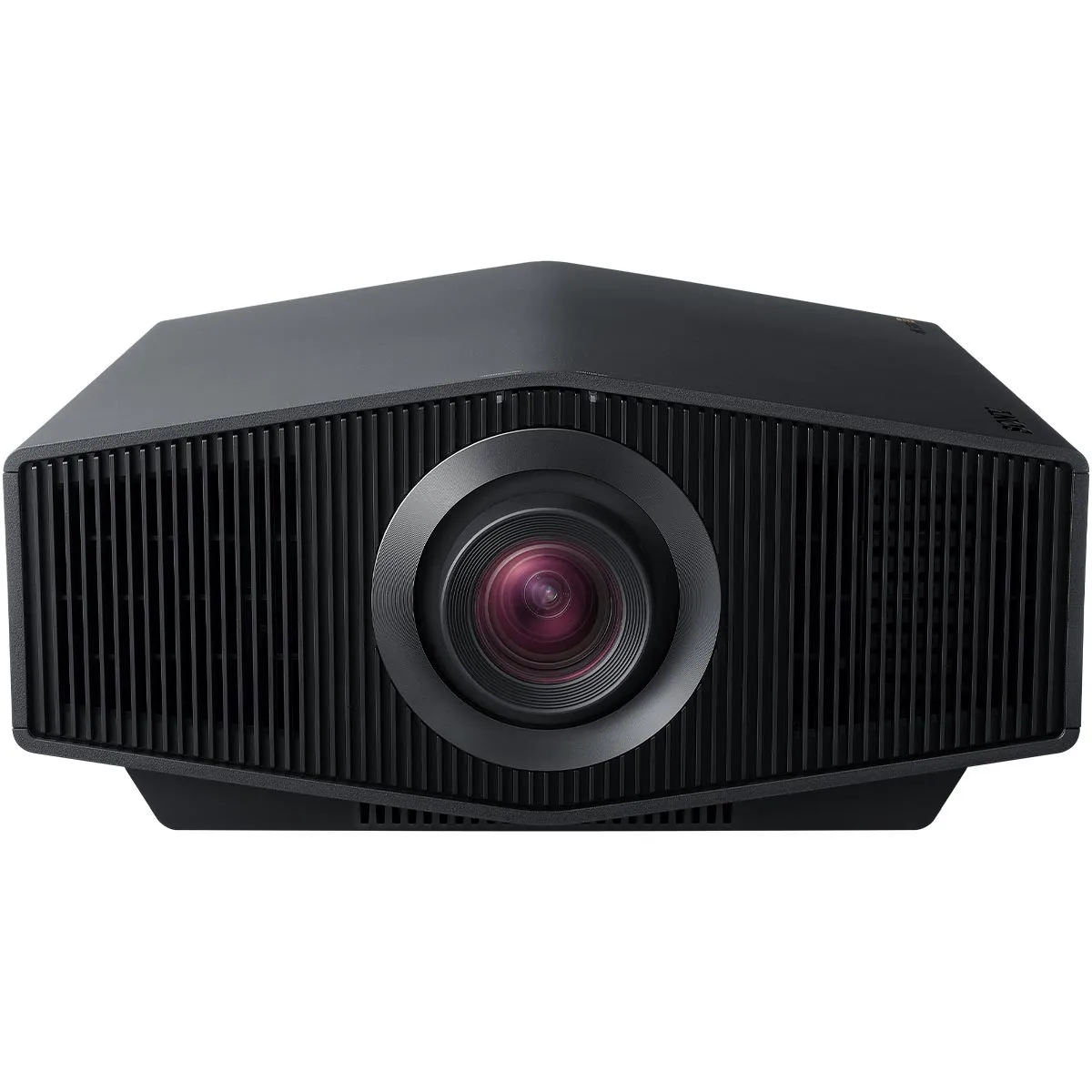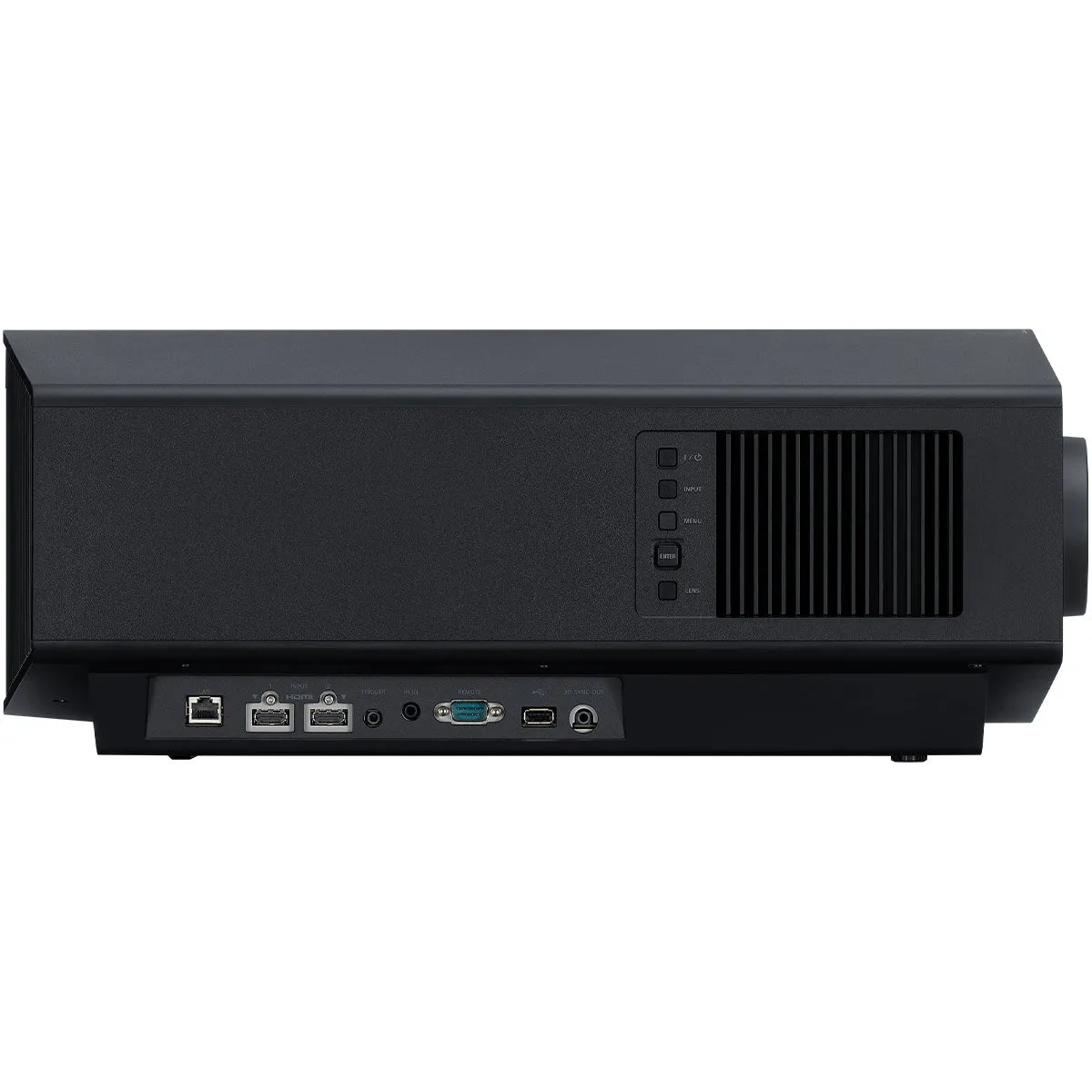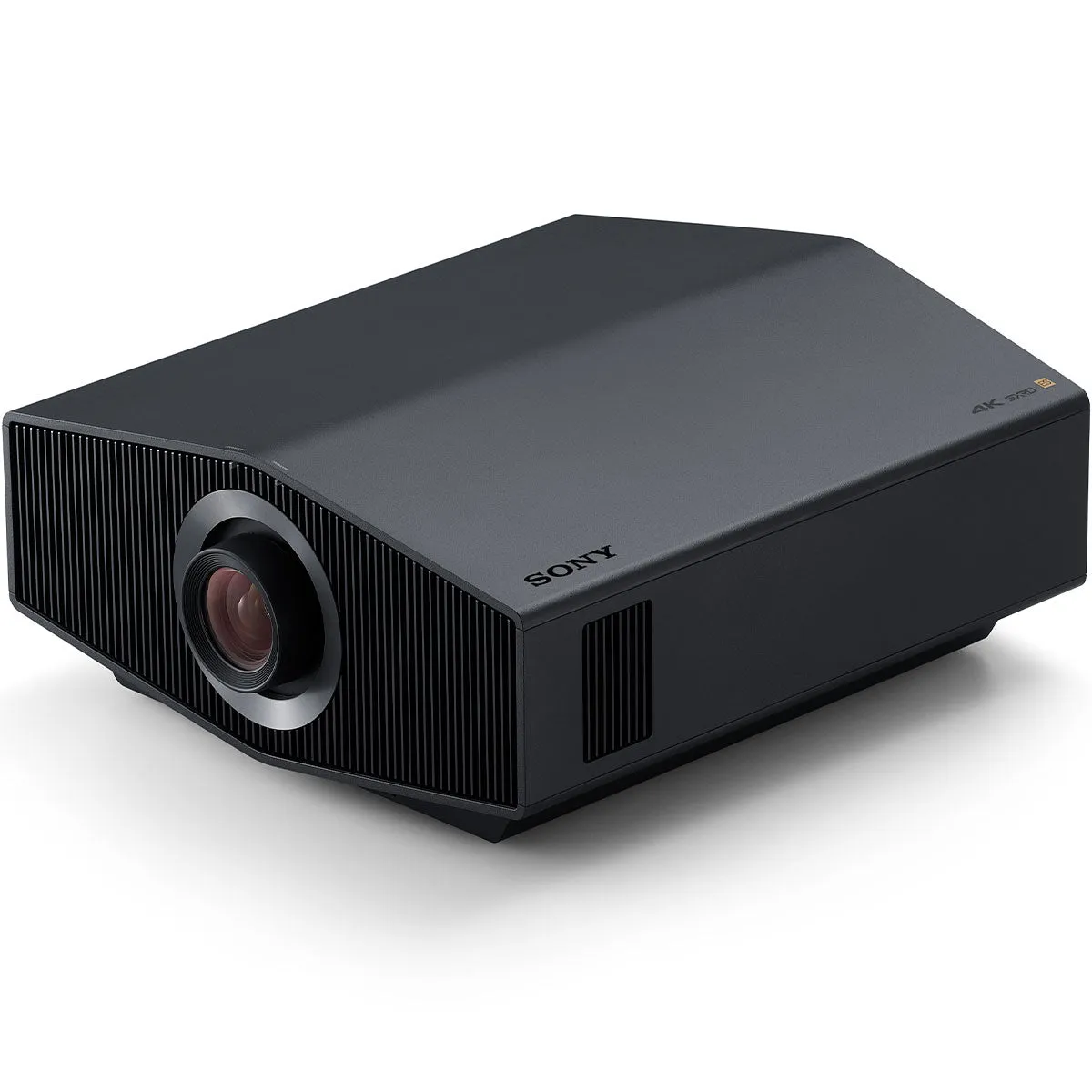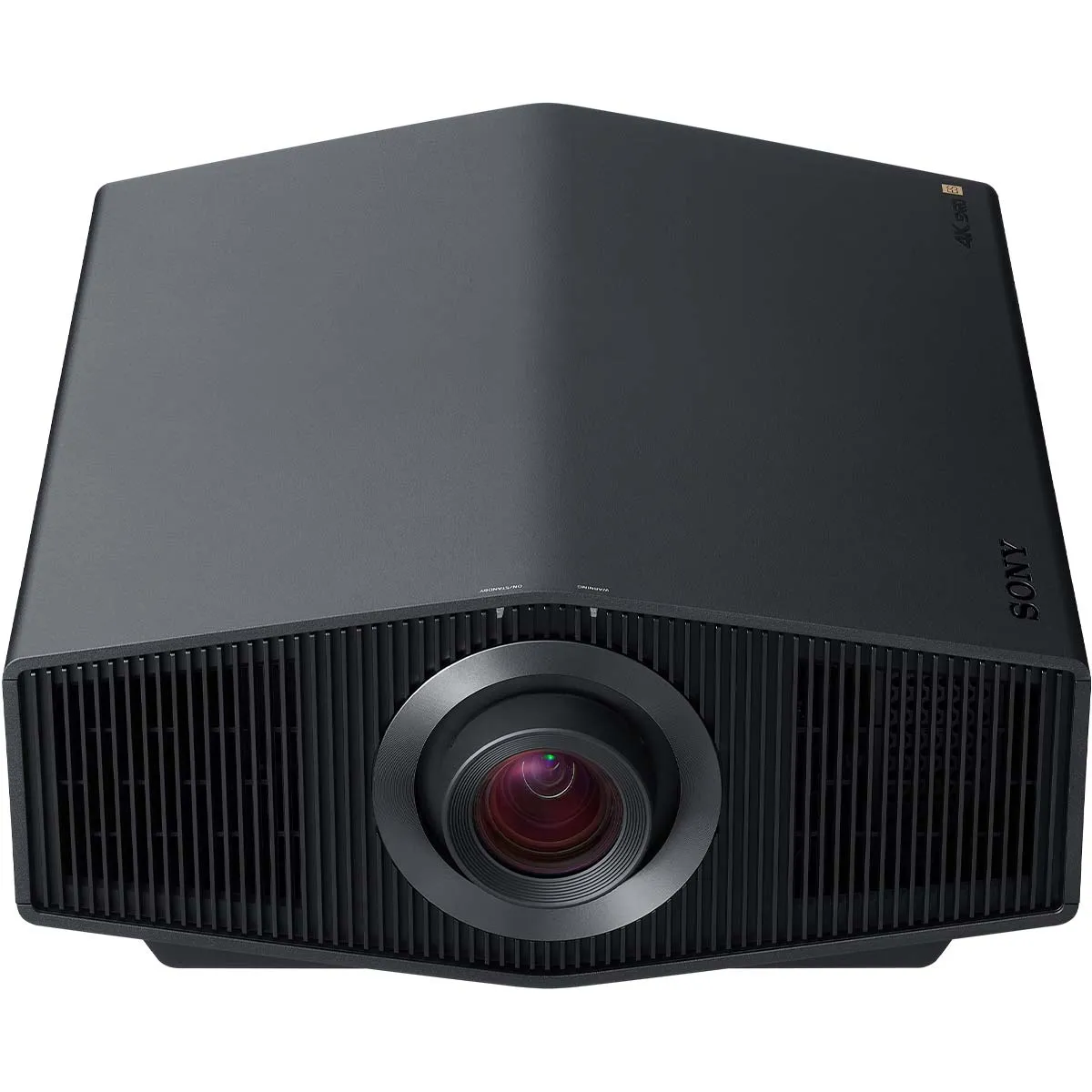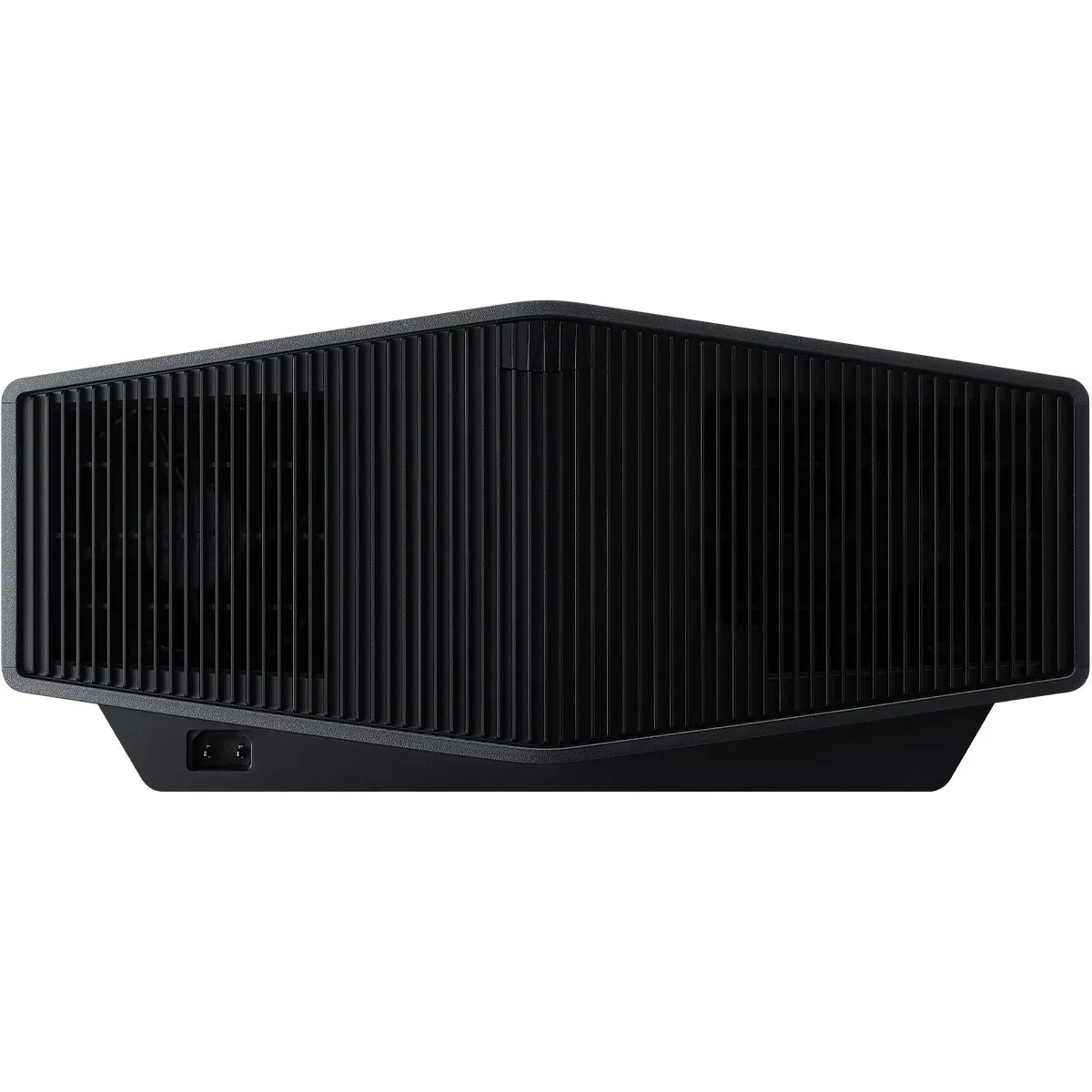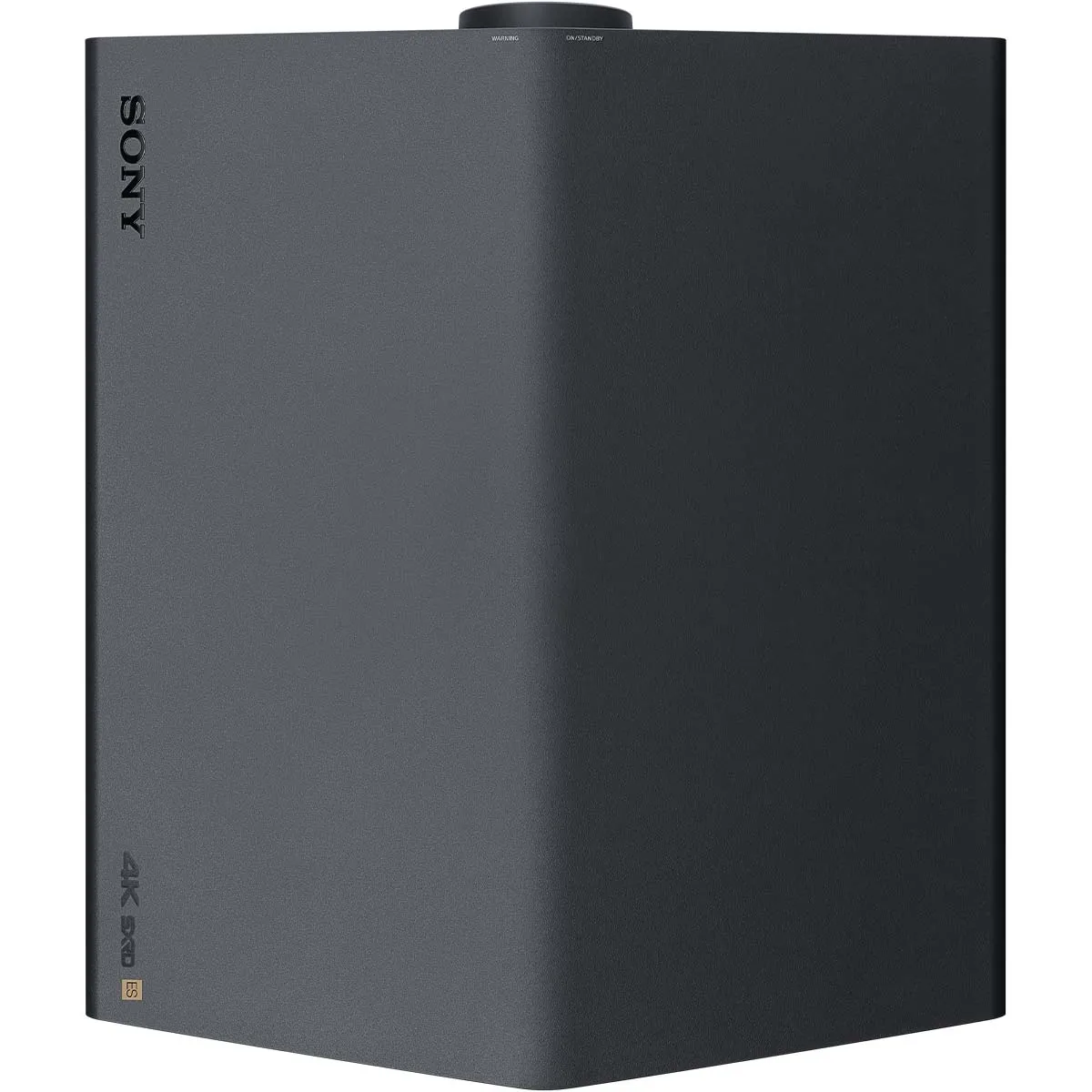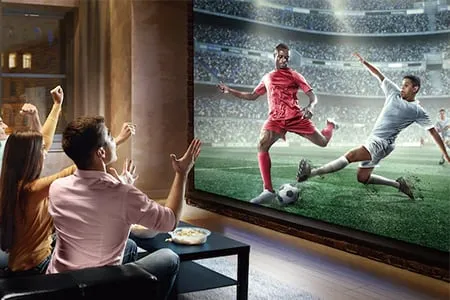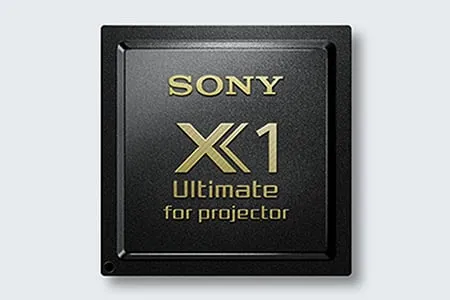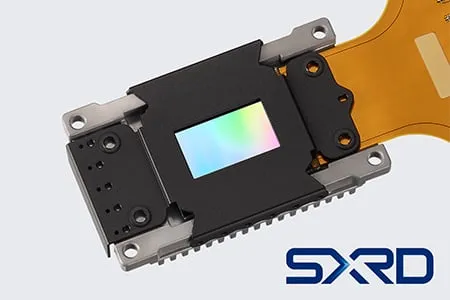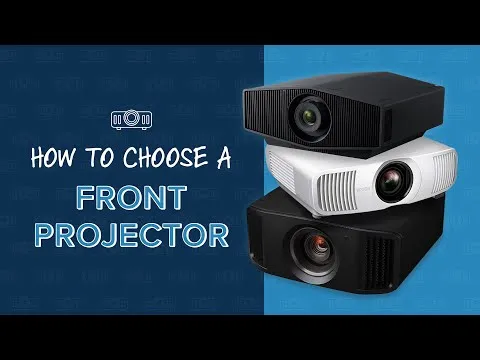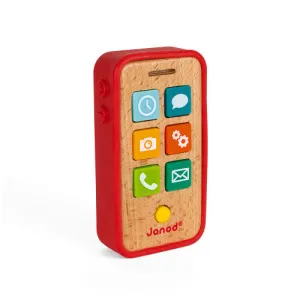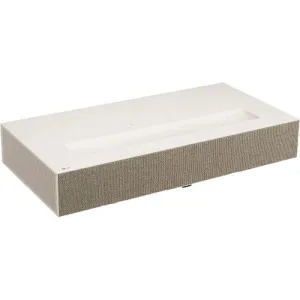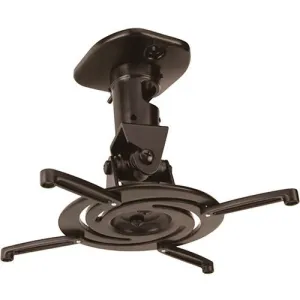Company & Product Overview
We have been huge fans of video products for decades at Audio Advice. Year after year, they introduce new technology to move the state-of-the-art in performance forward. We feel their deep involvement in the film industry is one reason they are so driven to produce such great gear. You may not know it, but Sony video cameras probably captured the images for your favorite movie, then it was likely edited using Sony post-production equipment, and you may have seen it in your local theater on a Sony professional projector.
Every couple of years, Sony will take what their engineers have learned and update their front projection lineup. When we found out they had new models coming in the middle of 2022, we could not wait to see them for ourselves. Then, when Sony told us if we signed some NDA’s and swore ourselves to secrecy, we could see them weeks before their formal announcement — and even better — keep them a few days to test, we were jumping with excitement.
This overview is on the top model in the new series, the VPL-XW7000, which will probably become the choice for people doing front-projection theaters with larger screen sizes.
Design & Build Quality
One big advantage Sony has over other manufacturers of front-projectors is the fact they manufacture several multi-hundred thousand dollar front-projectors that are used from concert venues to flight simulations and even large commercial cinemas. The knowledge they gain in pushing the state-of-the-art eventually filters down into the more affordable models.
In 2021, they did this at the top of their home theater projector lineup with the introduction of the GTZ380 — a new projector that was a cross between a commercial projector and a residential home theater model. It can put out an amazing 10,000 lumens and has a lot of new technology for the contrast demands HDR puts on a home theater.
The new XW7000 shares lots of the advancements developed for the GTZ380 at almost ¼ of the cost.
We know purchasing something like the XW7000 is not trivial for anyone and you want to be sure you get the best support. If you purchase your Sony projector from Audio Advice we are here for you with some of the best tech support in the industry. We can use video chat and remote access to help you dial things in for the best performance. Or, if you live within our installation region, we have full installation support too!
At Audio Advice, ever since the first laser-based front projectors came up, we have loved the whole concept. To our eyes, the colors on a laser light engine just seem to have more pop than a lamp-type projector. Another tremendous difference is the lifespan of the laser engine compared to a lamp. The laser light engine on the XW7000 is rated at over 20,000 hours, which is a movie every single day for the next 27 years!
Laser light engines also can give us more light output, which can make a big difference in the realism of the image you see on larger projection screens. The new XW7000 can produce a whopping 3200 lumens! But, there is more to a great picture than a high lumen spec.
Sony front-projectors use 3 small panels to cover the red, blue, and green spectrum all projectors need to create an image. They developed their Silicon X-tal Reflective Display (or SXRD for short) many years ago. These panels have always looked fantastic to us with a lot of depth and a very smooth, lifelike image. When Sony was designing the GTZ380, they came up with a way to improve the 4K panels they had been using for a few years. The XW7000 gets an even newer panel made specifically for the new series. These use three 0.61” native 4K panels The new panel has a flatter reflective surface and 10% more light reflectance than the previous ones. Light resistance was improved by 50%. The benefit of these updates is an improvement in contrast and brightness, both of which are critical components when you have an HDR signal.
The XW7000 also has a new optical system with what Sony calls Wide-Dynamic Range Optics. In any three-panel system, you have to arrange the panels with mirrors and laser diodes to produce an image. Sony found a way to better position them closer together than in the past to give better light control and to get the most out of the laser light engine. They also came up with a new laser cooling system to get more output from the laser. Just like the new SXRD panels, this new optical system improves both contrast and brightness.
In the world of video, one of the most important parts of the chain is the video processor. If you have ever seen a cheap TV with jagged edges and things jumping around, or oversaturated or dull colors, you have seen how a bad video processor can ruin a picture. At Audio Advice, we believe there is no question that Sony produces the best video processors available. By being so deeply involved in the film industry, they gain a lot of knowledge and have built up a huge reference library of images to use as their processors are making millions of adjustments to deliver the best picture. Their engineers are always pushing for better performance as they come up with a better design every couple of years, using better algorithms and taking advantage of faster processing speeds.
When the GTZ380 was introduced, it had a new processor specifically designed for front-projectors called the “X1 Ultimate for Projectors.” And you guessed it, the XW7000 gets that exact same processor. The X1 Ultimate for Projector processor provides improved clarity, expanded dynamic range, and an even larger volume of colors. How they do this is pretty cool as it comes from all of their experience in the film industry.
There are two databases of reference images built into the processor that it looks at for upscaling and noise reduction. This is all happening incredibly fast as each frame is analyzed and then processed to improve the clarity of the picture. Concurrently, the processor is looking for dark parts of the image and finding the best way to enhance their detail with their Digital Contrast Enhancer. This process gives us deep blacks where you can still see details in the object.
Features & Technology
If you are in the market for a projector like the XW7000, you probably know a bit about HDR or “high dynamic range.” This was introduced a few years ago in the TV world for better contrast and more colors. The catch was, that HDR worked best on a TV capable of thousands of nits, front-projectors cannot deliver anywhere near that much light output. Technology came to the rescue quickly, and we now can enjoy all of the benefits of HDR on the big screen.
Sony’s tech for HDR is their Dynamic HDR Enhancer. This looks at every frame to produce the best contrast while keeping detail and clarity so you can see the subtle details in darker parts of the picture. Think of seeing the hairs on a black mohair jacket. The Dynamic HDR Enhancer even adjusts the output level of the laser to change as needed for the best contrast. They give you some options for the level at which this part works, which is really great as you want it working at its maximum for very large screens and at the minimum for smaller screens.
The X1 Ultimate for Projectors is also running the Sony Object-based HDR Remastering process. It is looking for individual objects in a scene and adjusts the contrast on a more granular level to add texture and depth.
However, based on our tests, we find that it is critical to adjust some key settings in the Object-based HDR Remastering process differently than they come by default. We do this ourselves for our installation customers, and we send out our best practices setup guide to those who purchase from us online. If you get these settings right, these two processes produce an HDR picture that is just stunning, and the best news is that they work even better on the new and improved video processor!
Sony projectors have had their great color system called Triluminos for a few years now, which increases the variety of colors the projector could reproduce. The GTZ380 was their first projector to get the updated Triluminos Pro, which increased the color palette to a billion possible variations of color. And yes, you guessed it, the new models get Triluminos Pro too!
The XW7000 also adds another color enhancement technology that is not present in any of the other new models, called Live Color Enhancer. It is a new algorithm to give more vivid colors when the entire field is very bright.
Boy, this has been a lot of new tech, but we have one last piece to go over. For 2022, Sony designed a new lens for the XW6000 and XW7000 called their ACF lens. As you may know, Sony knows a lot about lenses with all of their involvement in professional video and photography. If you are into photography, you know how important the lens is. The new ACF lens has a 70mm aspherical primary lens with 13 glass elements behind it. Many projectors use a spherical lens, but that type of lens adds distortion around the edges. The Sony lens has minimal edge distortion. Sony has been using this type of lens for years, however, what is new is what they did to the internal lens.
Every projector has multiple lenses behind the primary lens. To zoom the image, most projectors just move one of these groups as you zoom for different screen sizes. Sony designed a system that works with the electronic zoom that has a floating group that moves when you zoom it to reduce any edge distortion caused by zooming. They also found the laser could have some color deviation as you changed the zoom. They found that extra-low dispersion glass, which is positioned closest to the light engine, eliminates the deviation, and is also part of the new ACF lens system.
When we first saw the VW7000 on a 150” widescreen, everyone in the room was just in awe. The super high output coupled with all the great new tech was producing an image that was just stunning. We played many colorful scenes in HDR from the latest Aladdin movie and we are all just blown away by the picture. Like the XW6000, the XW7000 does give you several memory presets so you can have that immersive widescreen experience in your home. There is just nothing like a wall-to-wall picture, and now with the light output of the XW7000, your screen can be extremely large and you will still get a brilliant picture.
If you are unfamiliar with how widescreen works and its benefits, we have a great .
Gamers will appreciate the improvements to the gaming mode preset on the XW7000. Input lag is down to 21 milliseconds at 4K60P and 13 milliseconds at HD120P.
So, we’ve got a new laser light engine that can produce 3200 lumens, the same amazing video processor from the GTZ380, a brand new SXRD panel system with better contrast, an improved optical system, enhanced HDR processing, color improvements with Triluminos Pro, and Live Color, a new high tech lens system. Wow, you can see why we think the XW7000 is so good!
Performance
As part of our evaluation, we wanted to check out how even the light output was from the shortest to the longest end of the throw range. For those of you new to front projection, for every screen size, there is a range of distances the projector can be back from the screen. Your projector will have a spec for short and long that you multiply by your screen width. This gets a little more complex for widescreen, but don’t worry, if you are trying to figure it out for your system, just give us a call or chat with our team at Audio Advice. We’d be happy to help you figure it out. We test many brands of projectors and have found that most projectors have a pretty big drop off in light output as you get towards the longest end of the throw range — some as much as 50%, with 40% being pretty average.
We have always liked the fact Sony projectors have less of a variation allowing you more flexibility. So we got out our lux meter and took measurements on a white field. We found there only to be a 23% change, which is fantastic and speaks to how great the Sony optical system is working in this new projector.
This brings up a key point. When evaluating projectors you cannot just look at the stated lumens and have an apples-to-apples comparison. The stated lumens are generally the theoretical maximum of that projector — but, once you set the colors correctly and adjust the zoom for your throw distance, the numbers can change a lot. In the case of Sony, just like in televisions, their stated numbers are way more representative of what you should expect in the field compared to cheaper projectors, and this is certainly the case for the XW7000.
We had also noticed during our testing that the XW7000 ran really quiet, and we wanted to let you know just how quiet it is. We positioned the microphone right at the mouth of the fan's output and measured 58 dB — at 3 ft away it dropped all the way down to 36 — and at 6’ away it was almost less than the noise floor of the room at 33 dB. Those are some really low numbers!
The other thing to bear in mind is that the Sony is on average smaller and lighter than other projectors in this price and performance category. So, in general, it is more advantageous from an aesthetic and background noise perspective than the competition.
We were curious to see how the new ACF lens did against a much more expensive lens in a Sony projector, so we did A/B testing with a group of people watching bit-perfect 4K video coming from a Kaleidescape, and none were able to consistently identify the difference in motion or edge-distortion against the $45,000 Sony VPL-VW1025 projector. Only when we put up the detailed static test pattern and stood close to the screen could we see the reduced edge distortion from the 1025 projector, which has an incredibly expensive high-performance all-glass lens.
Of note, is that the VW7000 has 3,200 lumens versus 2,200 for the 1025, and actually had less light reduction from the center to the edges. So, for 99% of viewers, the 7000 is delivering uniform clarity that is performing well above its class. And, like our testing of the two other models, the new processor in the XW7000 does a better job upscaling non-4K content.
Overall Recommendation
The VPL-XW7000 brings a whole new level of light output and high-performance video processing to this price category. It is by no means inexpensive, but when you add up everything it offers, we feel like it is going to be an outstanding choice for large widescreen theaters and media rooms that could use the extra horsepower. Plus, the picture it produces is just incredible and will make even the pickiest videophile very happy.




